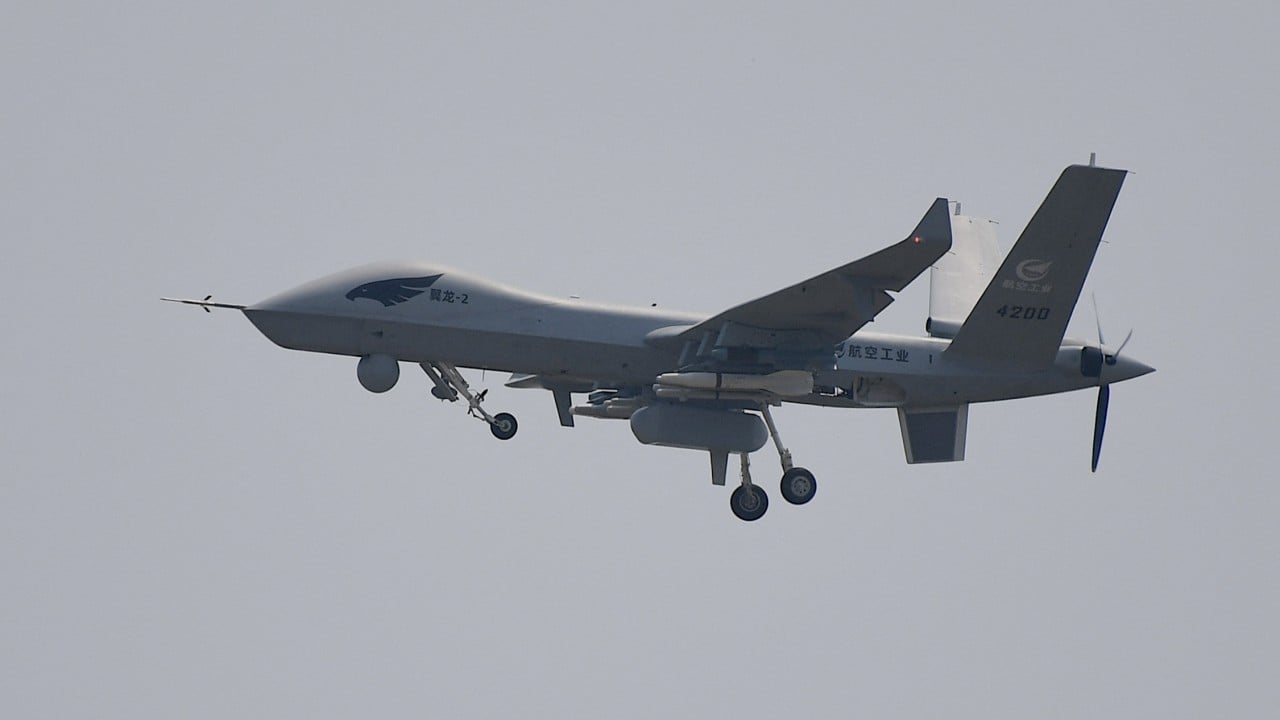From Nigerian raids on Boko Haram’s hideouts to Saudi strikes at Houthi positions along the shores of the Red Sea; from Pakistani sorties across the Iranian frontier to Libyan missiles in the civil war, one constant presence emerges – China’s Wing Loong-2 (WL-2), showcasing the reach of Chinese drone technology across multiple conflict zones.
Advertisement
At the same time, a variant of the same platform – the GJ-2 or “Attack 2” – is conducting live-fire exercises around Taiwan and patrolling the South China Sea, serving as the backbone of the People’s Liberation Army’s (PLA) uncrewed reconnaissance and combat capabilities.
This medium-altitude, long-endurance reconnaissance and strike unmanned aerial vehicle (UAV) was developed by Chengdu Aircraft Corporation, a subsidiary of China’s state-owned Aviation Industry Corporation of China. It was first unveiled at the 2016 Zhuhai air show, with its maiden flight the following year.
The WL-2 has been bought by buyers in the Middle East, Africa and Asia and deployed in multiple combat theatres, establishing itself as one of China’s most commercially successful military drone exports.
Domestically, the system went into service in the PLA in 2018, designated as the GJ-2. The weapon, minus the winglets from the WL-2 prototype, made its debut at China’s 2019 National Day military parade. Aside from military applications, the platform is also used for surveillance and communications in civilian disaster rescue operations.
The WL-2/GJ-2 is China’s answer to the General Atomics MQ-9 drones from the United States. Its conventional aerodynamic design bears many similarities to the American MQ-9 Reaper drone, including its dimensions: 11 metres (36 feet) long and 20.5 metres wide.
Advertisement
The aircraft’s maximum take-off weight is 4,200kg (9,260 pounds) – almost 500kg lighter than the Reaper – but its external weapons payload capacity is much smaller at 480kg compared to the Reaper’s 1,400kg.

